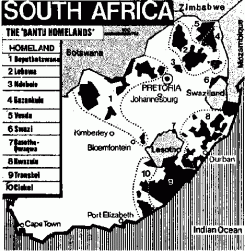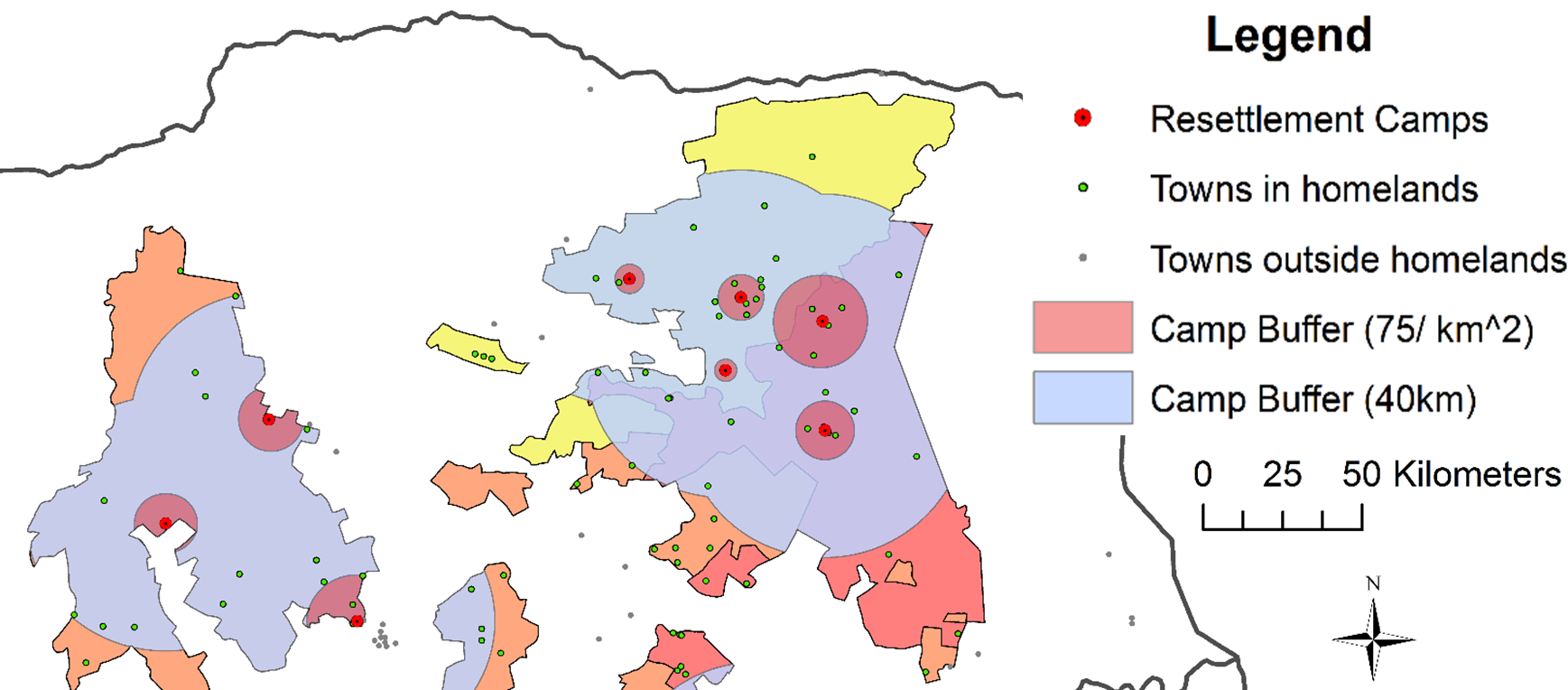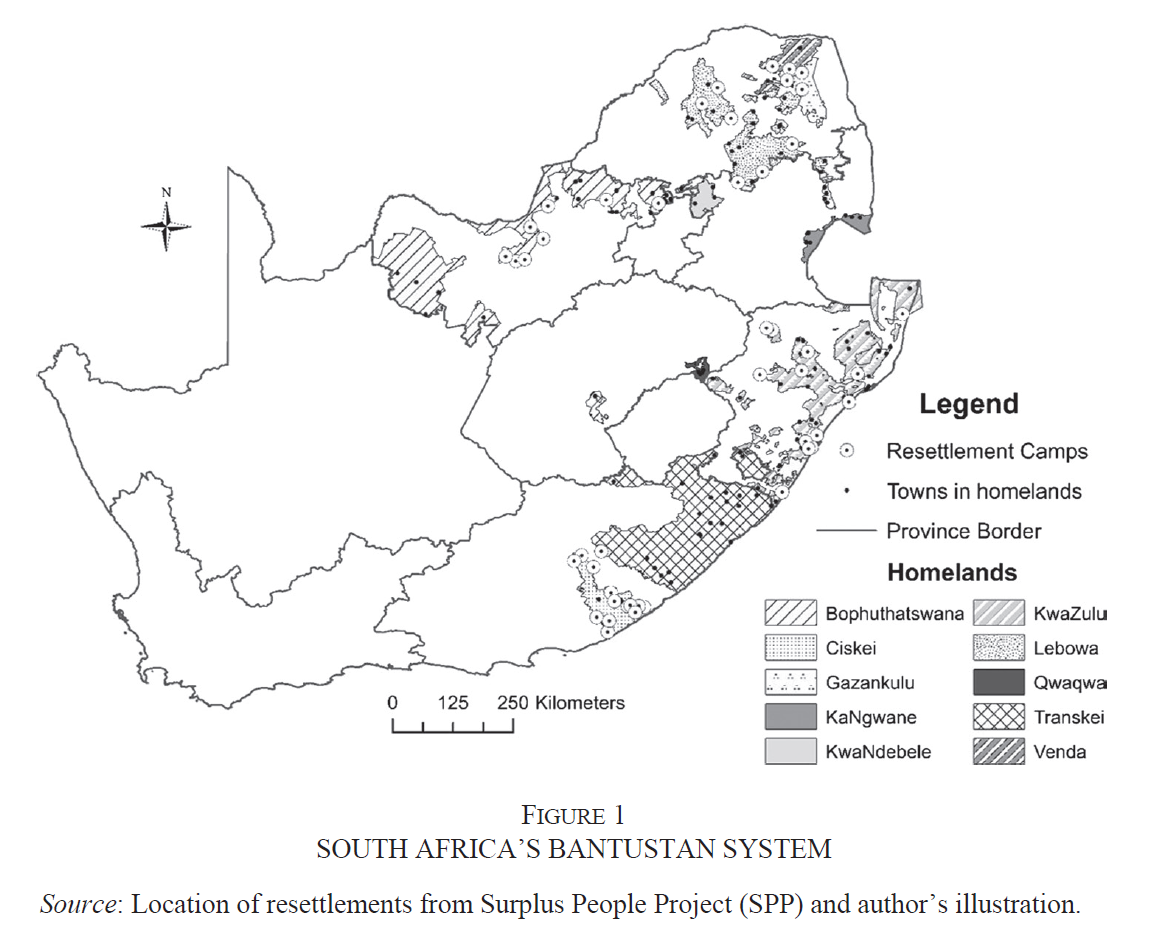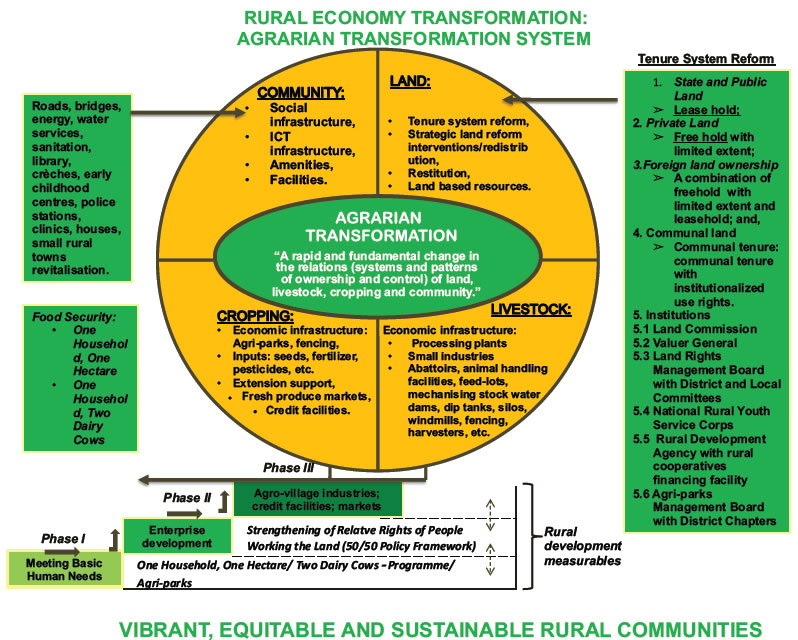Reference




OpenAI's Answer
Several laws facilitated the forced relocation of South Africans into townships during apartheid. Some of the key legislations included:
-
Natives (Urban Areas) Act No 21 of 1923: This act enabled local authorities to demarcate and assign areas for Black Africans to live in separate from the White population, often forcing Africans to move to designated locations known as "locations" or "townships" (South African History Online).
-
Group Areas Act of 1950: This was one of the cornerstone laws of apartheid. It formalized the racial segregation of residential areas, designating specific zones for different racial groups and leading to the forced removal of non-white people from areas designated for Whites (South African History Online).
-
Black Administration Act No 38 of 1927: This act reinforced spatial segregation by establishing governance structures that controlled African urban populations and facilitated their relocation to designated areas (A historical exposition of spatial injustice and segregated urban development).
-
Natives Land Act No 27 of 1913: This pivotal law restricted Black land ownership to specific areas which constituted merely 7% of the South African land, further laying the groundwork for forced removals and relocations (Land reform | South African Government).
These laws worked in conjunction to segregate the South African population by race and ensure that Whites had privileged access to urban spaces and resources, while Blacks were confined to underdeveloped townships.
Follow Up
Related
How does the African Standby Force contribute to the African Union's mission?
Which South African township was a cultural center for African jazz before its destruction?
What are the primary institutions and bodies of the African Union?
What is the significance of the African Continental Free Trade Area?